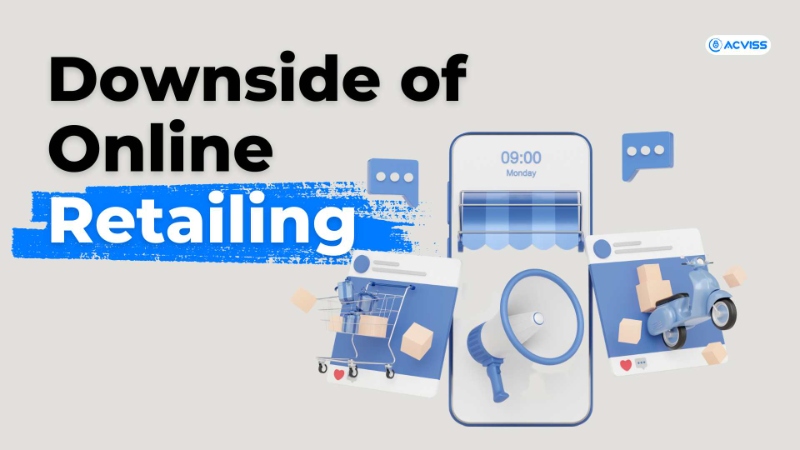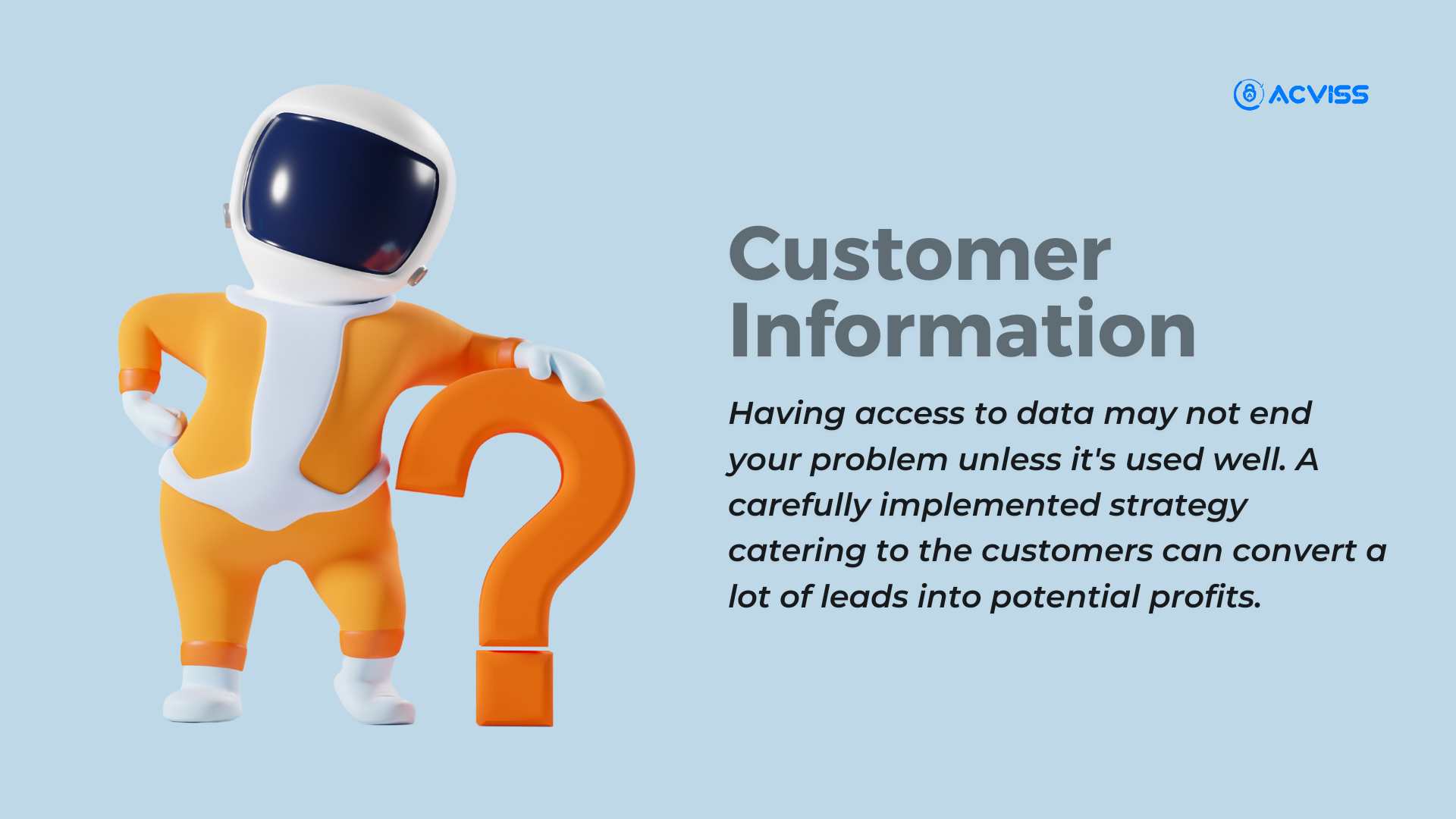The Downside Of Selling Your Products On E-commerce Platforms

Every brand and every product that you can find in a retail store is now available online. Reason? People love to spend time doing what they love rather than walking aisle by aisle looking for products that are not even in stock.
Online shopping platforms provide a great convenience for customers to surf through endless choices without having to step out of their comfort zone and at the same price (sometimes even lower).
And without a doubt, brands have embraced the digital revolution and turned to e-commerce platforms for channelling to a wider audience across the globe. The global e-commerce market will reach $6 trillion by 2023 and it is estimated that 24% of retail sales will take place on e-commerce platforms by 2026. Amazon, Flipkart and many other sites have now become the primary business arena for not only the giants in the field but the budding, prospective small and medium businesses.
With all the opportunity and freedom offered by online portals, they account for a major setback that affects the long-term success of the brands. User Information.
Yes, a brand is built upon the needs of the customers. Understanding the buyers and their behaviour is vital for the growth of the business and setting a firm foot on the market. And a business leveraging it gets a head start over every other competitor.
What Kind of Information?
The foundation of a successful brand is the customers that support them. To understand the stability of the business, brands must learn who their buyers are. This may include:
1. Personal Identifiable Information (PII): Such as names, addresses, phone numbers, email addresses and demographic information. PII helps brands identify and segment their customers, personalize communication and target specific demographics.
2. Purchase History: Brands often track customers' purchase behaviour, including products or services purchased, transaction amounts, frequency of purchases and the channels used for purchasing. This data helps brands understand customers' preferences, buying patterns, and potential cross-selling or upselling opportunities.
Why E-commerce Platforms don’t give access to data?
Most digital shopping portals have their own policies and regulations which limit the brands to access their customer's data. As it is sold on a third-party platform, brands have to abide by the rules of the portal in order to continue their business. Amazon, one of the most sought-after e-commerce platforms strictly restricts access to customer data following the privacy policies of the company. Although the brands can access the customer's name, address and the product ordered available, the anonymity provided by the internet and inaccuracy pertaining to the details can cause inefficiency in the utilization of the data.
The Solution
Even though the unavailability of customer information can be a major setback to the brands, the abundance of counterfeit products online is a humongous threat to their existence. And the rising popularity and friendly acceptance of these platforms are only going to support more and more counterfeiters entering the online market despite the rules and regulations set by the platforms.
And this is the exact opportunity for brands to embrace the saying, to kill two birds with one stone.
Why? What brand doesn’t want to protect their product from counterfeiters and what if in the process you could also get access to the customer data? Wouldn’t that be a big leap towards creating a solid base for your growth in digital space?
Yes, an absolute yes.
That is why brands should choose to use anti-counterfeit tools. Because it can save your products from scammers and perpetrators lingering in the shadows plus give you the necessary customer data that can save you a ton of time.
To give you a clear picture, Acviss’s Certify integrates unique, non-replicable labels into your product and packaging. This is completely tamper-free and provides a unique identity to your product. The best part is that they help customers to verify the authenticity of the product by scanning it with a mobile and in the process get access to customer information. It's not just information that you should value, the dedicated app helps you to constantly engage with your customer without breaking a sweat. No more restrictions or policies, you can directly interact with your customer, cater to their requirements and continually evolve to refine your product and services.

How To Use The Customer Information?
Having access to data may not end the problem unless it's used well. A carefully implemented strategy catering to the customers can convert a lot of leads into potential profits. But what are the best ways to use the data:
1. Personalization: Customer data helps brands tailor their marketing messages, product recommendations, and offers to individual preferences. By analysing customer demographics, purchase history, browsing behaviour, and other relevant data, brands can deliver personalized experiences that resonate with customers.
2. Targeted Marketing: Brands can analyse the data and segment their customer base based on demographics, interests, behaviour or purchase history to deliver more relevant advertisements, emails, or promotions. This approach increases the chances of conversion and customer engagement.
3. Product Development: Customer data provides valuable insights into consumer preferences, needs and pain points. Brands can analyse this data to identify trends, understand market demands and make data-driven decisions when developing new products or improving existing ones. This approach helps ensure that brands offer products that align with customer expectations.
4. Customer Relationship Management (CRM): Customer data is often stored in CRM systems, which allow brands to manage and track customer interactions, preferences, and purchase history. By centralizing customer data, brands can provide better customer service, resolve issues more efficiently, and enhance the overall customer experience.
5. Customer Retention and Loyalty Programs: Brands leverage customer data to implement loyalty programs and initiatives aimed at retaining existing customers. Keeping them happy doesn’t limit them to providing quality products, but rewarding them for staying loyal to your brand.
Acviss’s Bonus allows brands to interact with the buyers and learn their behaviour with the product. This one-stop platform helps you to reward the customer with points, offer personalized incentives and create tailored loyalty programs so that they realise that the brand cares for them.
6. Improving Customer Experience: The major advantage of accessing customer data is to enhance the user experience. This data helps brands understand how customers engage with their products, services and touchpoints. By analyzing data on customer feedback, complaints and satisfaction surveys, brands can identify areas for improvement, optimize their processes, and enhance the overall customer experience.
The Bottom Line
We admit that running your business takes a lot of effort and without the support of the customers it can be even more tiring. Keep in mind that a brand truly dies when the last customer forgets your name. So always be on the move to keep your customers happy at any cost. We are in the era of great technological advancements and utilising a few won’t harm you, rather will only boost your business and create a solid foundation for the years to come.
If you desire to be the brand that wants to make the change, never forget to get in touch with us, because we are here to create a world that is safe for brands to grow. Acviss has protected over two billion products across the globe and we assure you that your brand is a priority for us.
